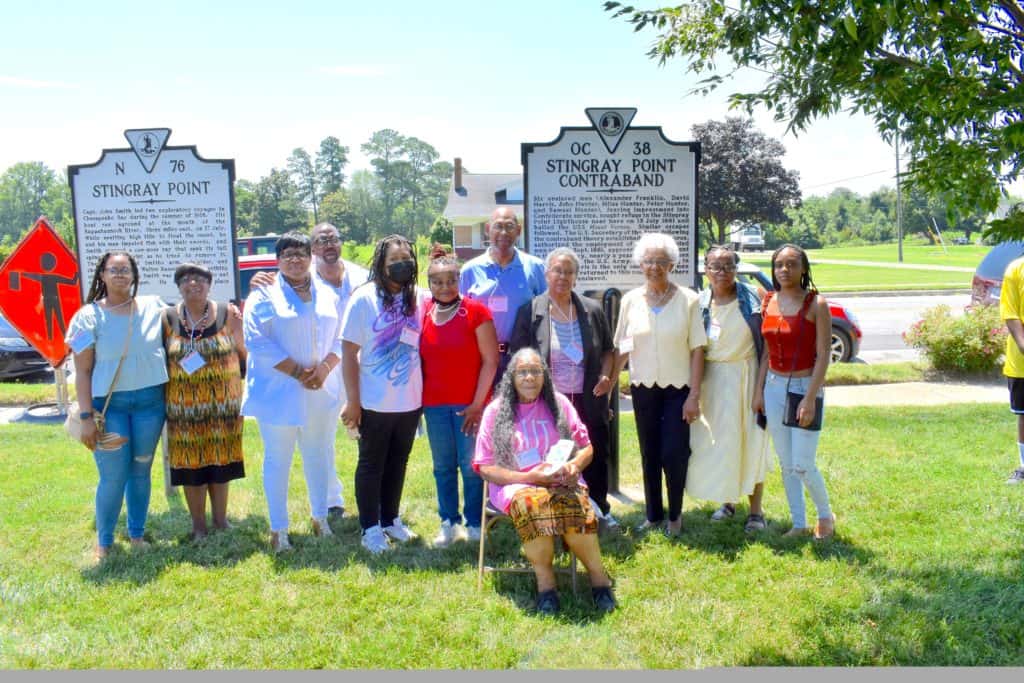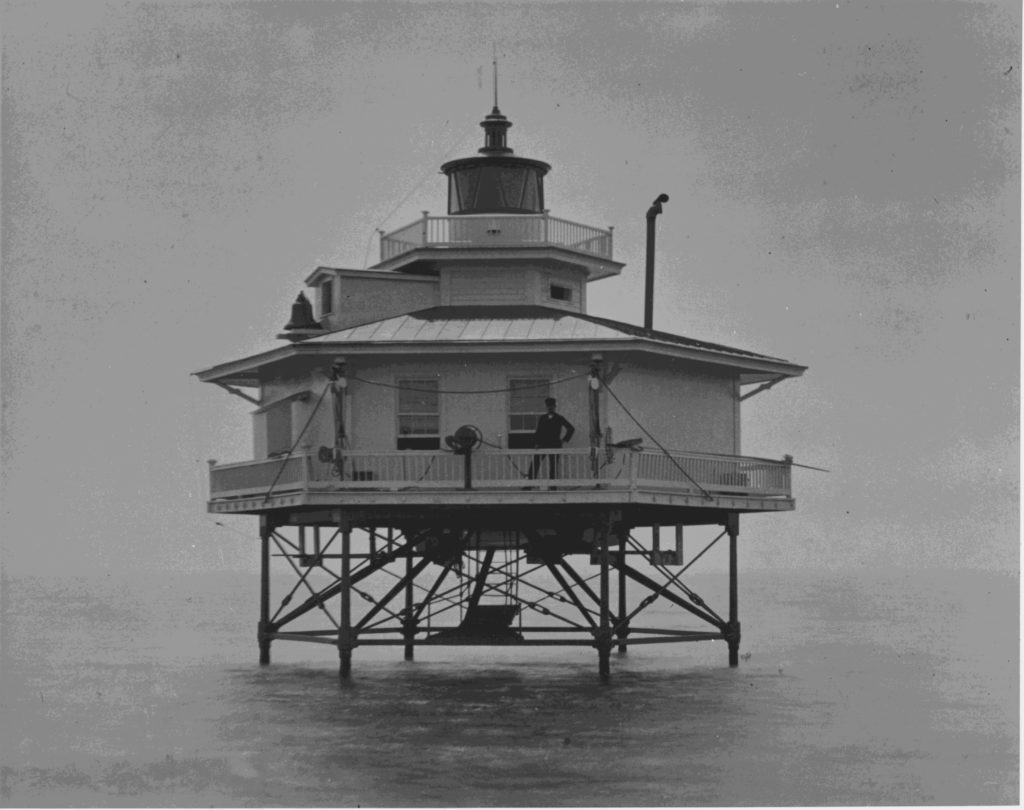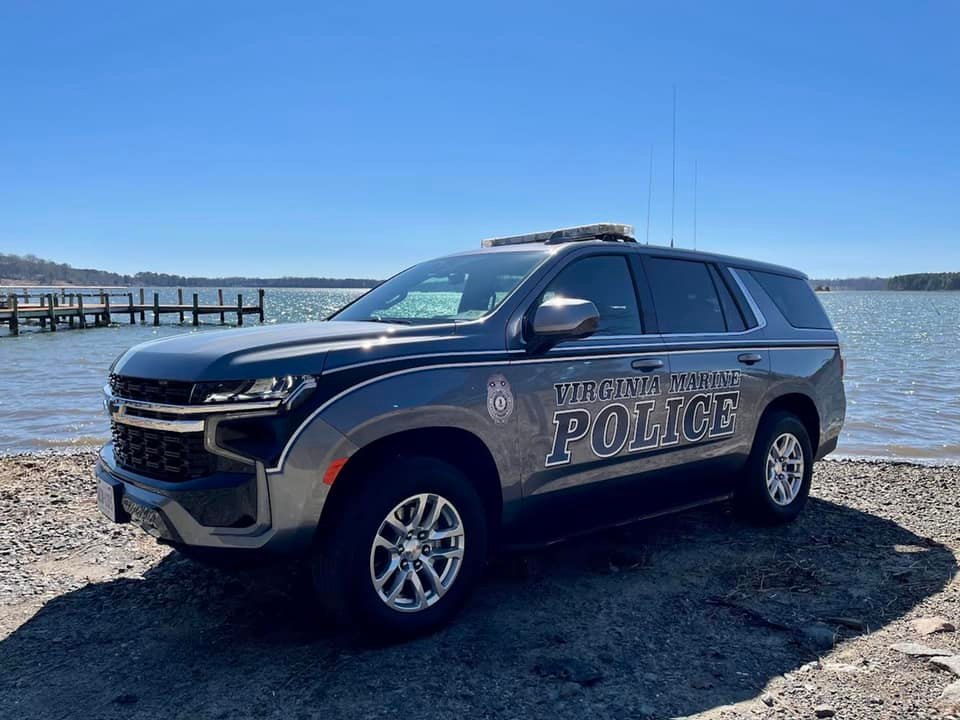Before Abraham Lincoln’s Emancipation Proclamation on Jan. 1, 1863 that freed southern slaves, Stingray Point Lighthouse was used as a safe haven for emancipation of a few enslaved people from Virginia.
The Virginia Department of Historic Resources (VDHR) in July erected a state historic road sign in Deltaville to recognize six African Americans who “self emancipated” in 1861 by hiding in the abandon Stingray Point Lighthouse.
The men knew that the United States Navy had blockaded the Chesapeake Bay and they stole a boat to escape to the lighthouse where they took shelter. They spent one night in the lighthouse and on July 15, 1861 hailed the U.S.S. Mount Vernon, which took them aboard and to freedom.
The six men eventually enlisted in the U. S. Navy after the Secretary of the Navy invoked the contraband of war theory established earlier that year by Union General B. F. Butler at Fort Monroe. General Butler refused to return a group of fugitive slaves to their masters, declaring them instead as “contraband of war.”
The six African Americans who self emancipated were John , Samuel, Miles and Peter Hunter, Alexander Franklin and David Harris. The documented research was done by ancestors of Harris, who was the only former enslaved man to return to the Deltaville area after the Civil War. He lived in the Amburg area of what is today Deltaville.
Harris enlisted in the Union Navy on board the U.S.S. Minnesota in Hampton Roads on September 16, 1861 and he was later transferred to U.S.S. William Badger where he served as a cook.
He was honorably discharged from the Navy. After the war, he filed for a Union pension and was awarded $6 a month and after his death his widow received $12 a month.

Great-granddaughters of Harris, Darlene Harris Roye, Ceres Brooks and Davaline Taliaferro unveiled the marker on Saturday, July 17, 160 years after the event.
The marker’s sponsor is the Middle Peninsula African-American Genealogical and Historical Society (Middle Peninsula AAGHS). President of the organization Bessida Cauthorne White said at the unveiling that the group learned in 2019 that only about 12% of Virginia’s Historic roadside makers related to African-Americans and her group vowed to change that.
“We decided to take action and we found it was not at all difficult to identify topics deserving of a marker,” she said. “We started with Stingray Point Lighthouse simply because much of the heavy lifting in terms of research had been done by our member Davaline Taliaferro. So many years ago, Davaline shared the story with us.”
The group toured the Stingray Point area in 2012 and visited the replica of the Stingray Point Lighthouse at Stingray Point Marina in Deltaville. Middle Peninsula AAGHS applied and were approved for the historic roadside maker through VDHR.
United States Congress appropriated funds to build Stingray Point lighthouse in 1853. It was completed in 1858. Its foundation was six piles screwed into the bay’s bottom and it was the first screwpile style lighthouse to be constructed on the bay.
Although abandoned during the Civil War, Coast Guard records state that after the war, “the light has been restored at Stingray after making certain needful repairs to the screwpile structure, which though plundered of all movable articles, was but slightly injured.”
In 1965, the lighthouse was dismantled and taken down. Today, there is a automatic beacon on Stingray Point, built on the foundation of the 1858 lighthouse.
-Larry Chowning




